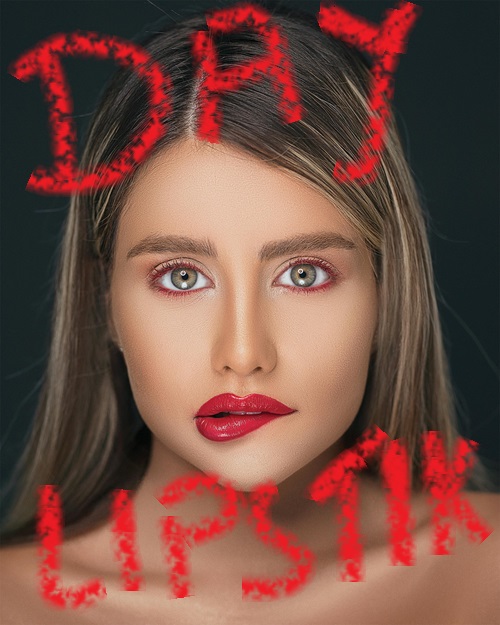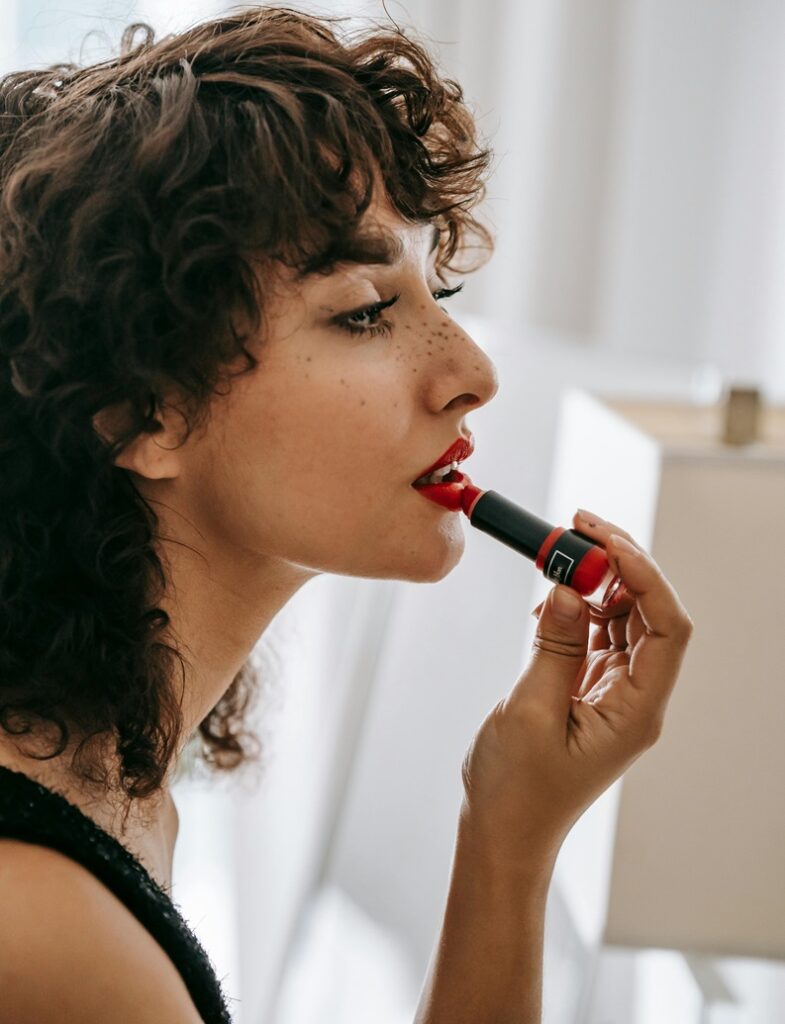
Introduction
Lipstick Day is a celebration that brings attention to one of the most beloved and iconic cosmetic products in history. This day, observed on July 29th each year, allows us to appreciate the cultural, historical, and aesthetic significance of lipstick. From ancient civilizations to modern beauty trends, lipstick has remained a staple in the beauty industry, empowering individuals and making bold statements. This article delves into the history of lipstick, its evolution, and its impact on society, along with some fun facts and ways to celebrate Lipstick Day.
The Ancient Beginnings of Lipstick
Lipstick’s history dates back thousands of years, with evidence of its use in ancient civilizations such as Indus valley, Mesopotamia, Egypt, and Greece. The earliest records show that in vedic era women use red lac and bees wax for coloring lips as described in Kamasutra, women in Mesopotamia crushed gemstones and applied them to their lips for color and shine. In ancient Egypt, lipstick was made from a mixture of red ochre, carmine, and other natural dyes. Cleopatra, one of the most famous historical figures, was known for her striking red lips, achieved through a combination of crushed beetles and ants.
In ancient Greece, women used a paste made from red iron oxide and ochre to color their lips. Lipstick was not only a beauty product but also held social and cultural significance. It denoted status, power, and, in some cases, morality. For instance, in ancient Rome, prostitutes were required to wear dark lipstick to distinguish themselves from other women.
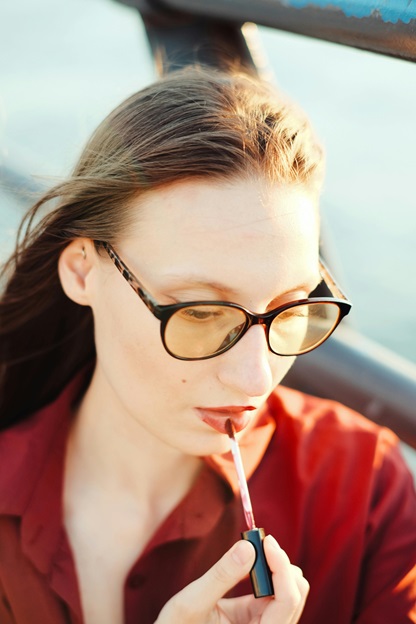
Lipstick in the Middle Ages and Renaissance
During the Middle Ages, lipstick’s popularity waned due to the influence of the Church, which associated cosmetics with immorality and deception. However, the Renaissance period saw a revival of lipstick use, particularly among the European elite. Queen Elizabeth I of England popularized the trend of pale faces and brightly colored lips, often achieved with a mixture of beeswax and red plant-based dyes.
Lipstick in this era was still rudimentary and often made from ingredients that could be harmful, such as lead and vermilion. Despite the risks, the desire for bold, colorful lips persisted, reflecting societal trends and personal expression.
The 19th and Early 20th Century: The Birth of Modern Lipstick
The 19th century marked significant advancements in the formulation and packaging of lipstick. In 1884, French cosmetic company “Guerlain” produced the first commercially available lipstick, made from deer tallow, castor oil, and beeswax. This lipstick came in a paper tube, setting the stage for the modern lipstick packaging we know today.
The early 20th century saw the rise of the beauty industry, with brands like Elizabeth Arden, Helena Rubinstein, and Max Factor revolutionizing cosmetics. In 1915, Maurice Levy invented the first metal lipstick tube, making lipstick more portable and convenient. The 1920s, also known as the Roaring Twenties, were a particularly transformative decade for lipstick. The flapper movement, characterized by its bold and rebellious style, embraced dark red lips as a symbol of liberation and modernity.
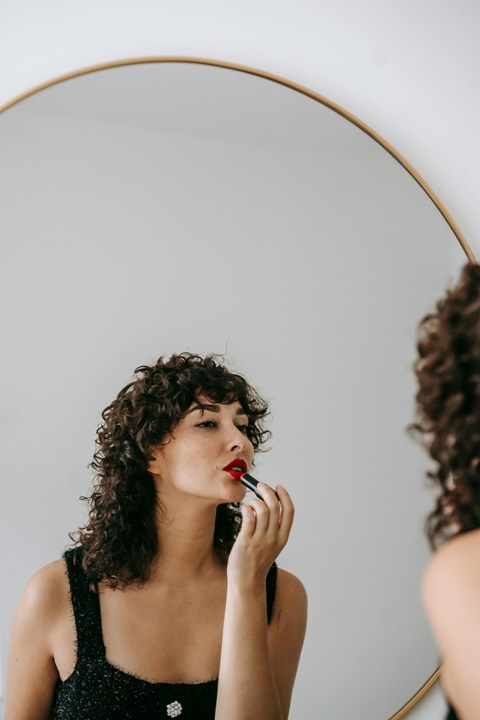
Lipstick in the Golden Age of Hollywood
The Golden Age of Hollywood, spanning the 1930s to the 1950s, further cemented lipstick’s status as a beauty essential. Iconic actresses such as Marilyn Monroe, Rita Hayworth, and Audrey Hepburn popularized various lipstick shades, from vibrant reds to soft pinks. The advent of Technicolor films also played a significant role, as the bright and vivid colors of lipstick became a visual focal point in movies.
During World War II, lipstick became a symbol of patriotism and resilience. Despite wartime rationing, lipstick remained widely available, with shades like “Victory Red” becoming emblematic of women’s strength and contribution to the war effort.
The Evolution of Lipstick: From the 1960s to Today
The 1960s and 1970s witnessed a shift in beauty trends, with a focus on natural and experimental looks. Nude lips, frosted shades, and bold colors like orange and purple became popular. The feminist movement of the 1970s also influenced perceptions of makeup, with some women rejecting traditional beauty standards while others embraced lipstick as a form of self-expression.
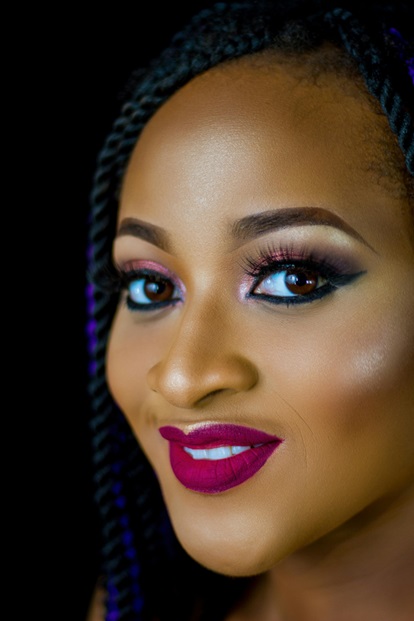
The 1980s and 1990s saw a return to bold and dramatic makeup, with bright red lips, glossy finishes, and dark, vampy shades dominating the scene. The rise of supermodels like Cindy Crawford and Naomi Campbell further popularized various lipstick trends.
In the 21st century, lipstick continues to evolve, with an emphasis on inclusivity and innovation. Brands are offering a wider range of shades to cater to diverse skin tones, and formulations have improved to provide long-lasting wear, hydration, and sustainability. The beauty industry has also embraced the digital age, with social media platforms like Instagram and YouTube playing a crucial role in shaping lipstick trends and influencing consumer behavior.
The Cultural Impact of Lipstick
Lipstick is more than just a cosmetic product; it holds cultural and symbolic significance. It has been a tool for self-expression, rebellion, and empowerment throughout history. Lipstick has been associated with various movements and ideologies, from the suffragettes wearing red lipstick as a symbol of women’s rights to the punk and goth subcultures embracing dark, unconventional shades.
The red lip, in particular, has become an enduring symbol of confidence, power, and allure. It transcends cultural boundaries and continues to be a timeless beauty statement. Lipstick also plays a role in gender expression, with people of all genders using it to express their identity and challenge traditional norms.
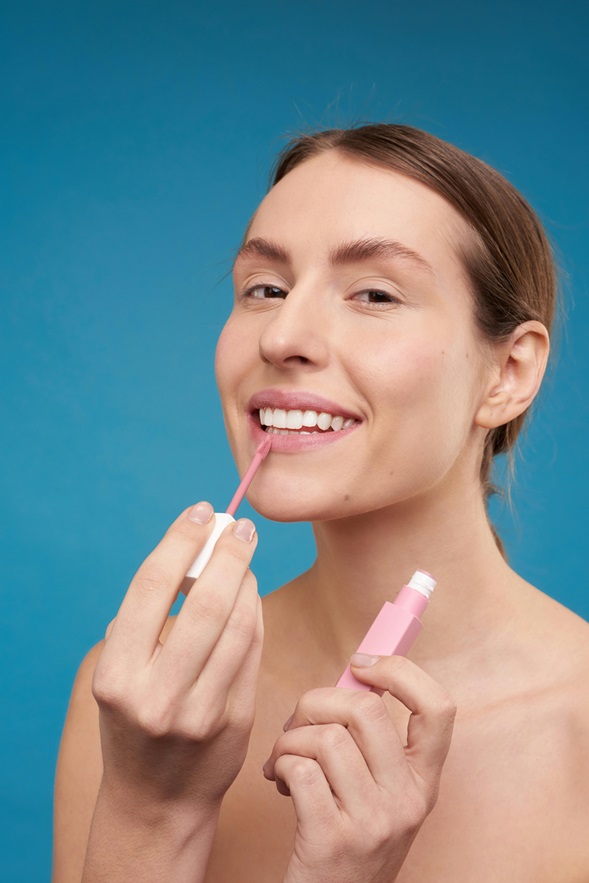
Fun Facts About Lipstick
Lipstick as Currency: During World War II, lipstick was so highly valued that it was sometimes used as currency in certain situations.
Lipstick Shades: The most popular lipstick shade worldwide is red, followed by pink and nude.
Lipstick Ingredients: Modern lipsticks are made from a combination of waxes, oils, pigments, and emollients. They often include natural ingredients like shea butter and vitamin E for added moisture.
Longest-Lasting Lipstick: The world record for the longest-lasting lipstick application is held by a brand that claims its product can last up to 24 hours without reapplication.
Lipstick in Space: Astronauts have taken lipstick to space. Sally Ride, the first American woman in space, carried lipstick with her on her historic mission in 1983.
Celebrating Lipstick Day
Lipstick Day is the perfect occasion to celebrate this iconic beauty product and experiment with new looks. Here are some fun and creative ways to enjoy Lipstick Day:
1.Try a New Shade: Step out of your comfort zone and try a bold, new lipstick shade. Whether it’s a classic red, a trendy purple, or a daring black, experimenting with different colors can be a fun way to express yourself.
2.Host a Lipstick Party: Gather your friends for a lipstick-themed party. Set up a lipstick bar with various shades and finishes, and let everyone try different looks. You can also include makeup tutorials and photo sessions to capture the fun.
3.Learn About Lipstick History: Take some time to learn more about the history of lipstick and its cultural significance. Share interesting facts and stories with friends and family to deepen their appreciation for this beloved cosmetic.
4.Support Lipstick Brands: Support your favorite lipstick brands by purchasing their products or sharing your favorite shades on social media. Many brands offer special promotions and discounts on Lipstick Day, making it the perfect time to stock up on your favorites.
5.Donate Lipstick: Consider donating new, unused lipsticks to local shelters or organizations that support individuals in need. A simple gesture like this can help boost someone’s confidence and bring a smile to their face.
Conclusion
“Lipstick Day” is a celebration of one of the most iconic and beloved beauty products in history. From its ancient origins to its modern-day significance, lipstick has played a crucial role in self-expression, empowerment, and cultural trends. As we celebrate Lipstick Day, let’s appreciate the rich history, innovation, and diversity that lipstick represents. Whether you’re a lipstick aficionado or a casual user, this day is an opportunity to embrace the beauty and power of a simple swipe of color on the lips.
Diclaimer
Disclaimer: This article is for informational purposes only and does not constitute professional advice. Individual beauty preferences and skin sensitivities vary. Always conduct a patch test before trying new products.

